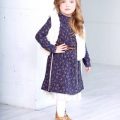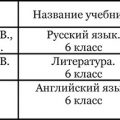Attract the child and help him faster and easierLearn new information will allow fun games - and with toys, and just in everyday life. Only it is important to remember that it is not enough to teach a child to enumerate numbers in order or to recognize them in pictures, although these skills are also necessary. The main thing is to show that behind the figures are real objects, and develop the ability to recalculate them on their own. This will also be helped by games. What kind? Children's psychologist LEGO® DUPLO® expert Ekaterina Levikova tells.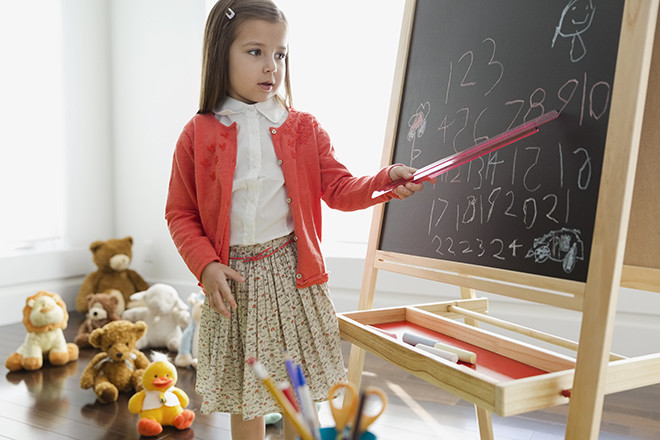 Photo: Getty Images
Photo: Getty Images
First calculations
You can start with your baby from the age of oneto learn about the world of numbers. You don’t even need any additional materials for this, it’s enough to study the body parts in a playful way: name them, count them, master the right and left sides, and so on. It’s at this time that the child learns to use his arms, legs, and fingers, and it’s these that parents can count, for example, when dressing. When putting on shoes, mom can say: “Where’s your foot? - Here it is. How many legs do you have? - Here’s one, here’s the second - two legs. Let’s put shoes on them: one shoe on the first foot, the second on the second - one, two - two shoes.” Of course, for now the parents will do all the counting themselves, but by the age of two the baby will also develop an interest in counting. And the constant repetition of the names of numbers by mom and dad will help them remember their pronunciation.
Read all around
Gradually, you can cover everything by countingthere are around. When the baby learns to pronounce the names of numbers independently, you can count together with him the buttons on your and his clothes, trees and steps on a walk, cars of the same color that you meet along the way, and even purchases in the store. When children learn something new, they begin to apply it everywhere, as if tasting it - they themselves want to use the knowledge they have gained, so children often repeat the same words many, many times in a row. Of course, it is better to use such zeal to your advantage and when learning to count, ask to count everything that comes into the child's field of vision. Just do not demand too much - first let the baby count to two, then to three, five, ten.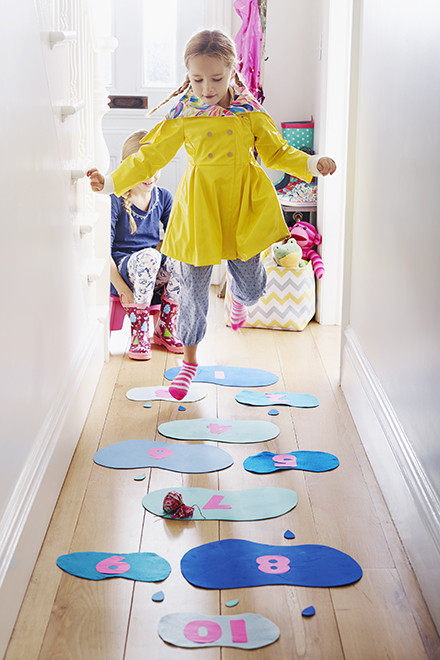 Photo: Getty Images
Photo: Getty Images
"Make up" the numbers with the number
When studying numbers, it is very important to visualize themdemonstrate to the child that each of them speaks of the quantity of something. The easiest way to do this is with the help of numbers drawn on paper and construction blocks. So, first you can take a piece of paper, write a certain number on it, then build a tower of that number of blocks next to it, then do the same with the next number. At the same time, you can imagine with the child that, for example, the number two “asks” for a house of two blocks, and five – for five. Then you can complicate the process, for example, by adding the required number of animal figures to each tower in addition to certain numbers. Such a game with a construction set is also an excellent training of fine motor skills, which stimulates the development of speech.
Learn more / less
When playing with construction set towers it is easyexplain to the child the concepts of "more" and "less", because he will see that one house is higher than the other. When the child has mastered the number of objects that each number corresponds to, you can ask him to match the numbers to the toys. That is, now do the opposite: put in front of the child, for example, two zebras and just two cubes and ask him to pick the right number on the card, then put one crocodile, find a numerical designation for it and ask where there are more objects and where there are fewer.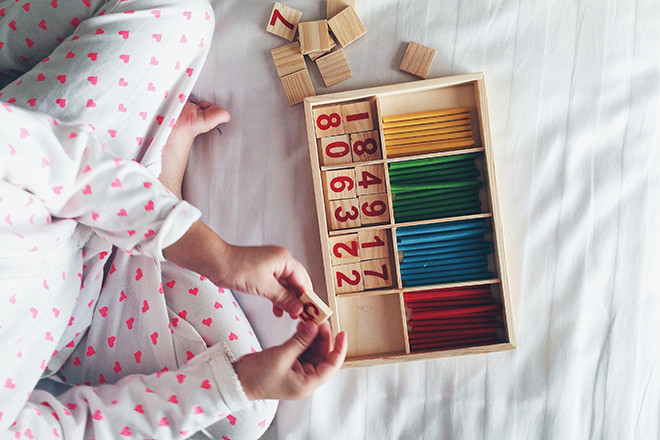 Photo: Getty Images
Photo: Getty Images
Use unexpected tasks
When teaching a child, even during games, it is importantmake sure that he is interested. If he gets bored, it is better to change the activity. Therefore, parents should come up with various and sometimes unexpected tasks for the child to diversify the game learning process. For example, you can stick bright and eye-catching numbers on different objects in the apartment, right down to the cabinet doors and the back of the table, and ask the child to bring some things there in the right quantity. This will make it easier for him to remember what they look like. You can also take cards with numbers with you on a walk and to the clinic and also use them to count different objects - this way the time in the queue will fly by. And one more piece of advice: be sure to praise your child when he names or does something correctly. And do not scold him if this is not the case, it is better to gently help him improve. Positive reinforcement, encouragement with a smile and kind words always work better than negativity and set the child up for enjoying the continuation of the activities.




